Embark on an awe-inspiring journey along the Great Wall of China, from the serene Bohai Sea to the rugged Hebei province. Witness its historical wonders and captivating vistas as we traverse its iconic length.
A Journey from the Sea to the Desert
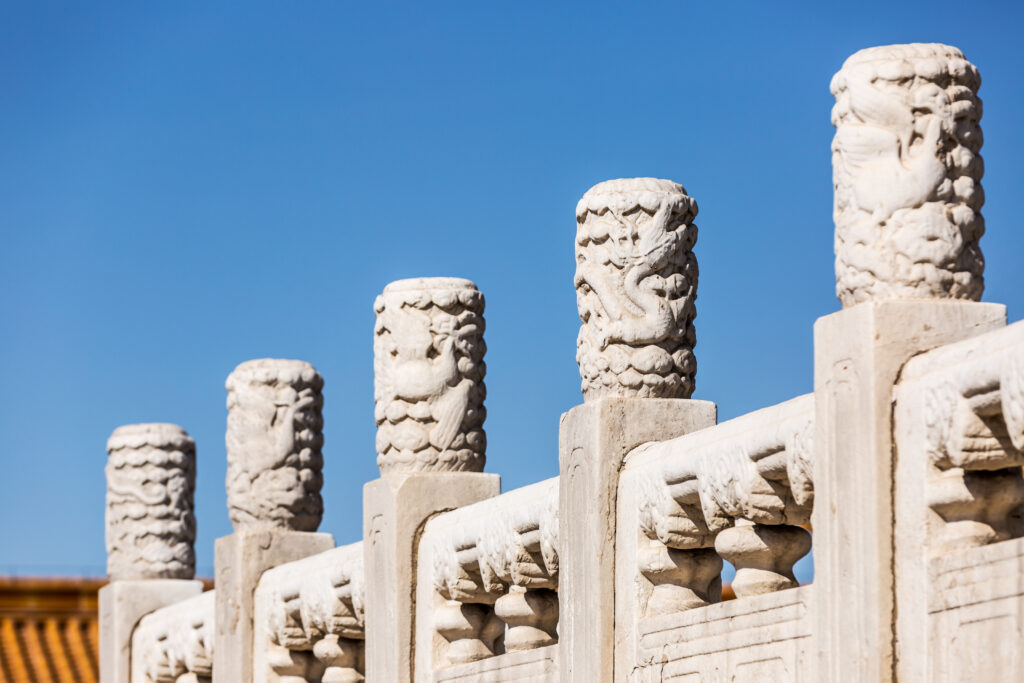
The Great Wall of China spans a length of 5,500 ft. Although relatively few will travel along the wall’s entire length, any portion of this structure is exciting to check out. One of the most popular places to begin is Laolongtou, sometimes known as Old Dragon’s Head. This easternmost point on the wall extends to the Bohai Sea. The mountainous Hebei province is one area through which the wall passes. The stark difference in the terrain at different ends demonstrates how much of the country the wall goes through.
How the Great Wall Became a Tourist Attraction
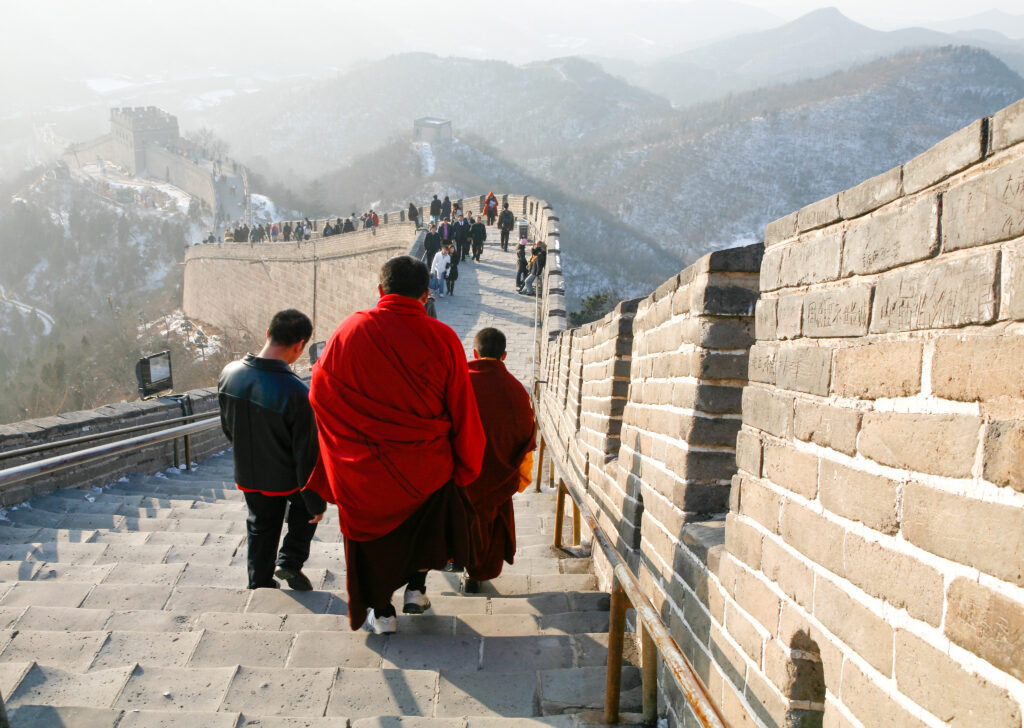
The first travelers to walk the entire wall length did so in 1984. During this time, the wall was more of a curiosity to Westerners. Wu De-yu, Dong Yao-hui, and Zhang Yuan-hua were the first to undertake this journey. The men took 17 months to make the trip, earning a place in the Guinness Book of Records.
The men took extensive notes during their journey about the structure’s condition. These friends later gathered this information into a book. Chinese officials realized they needed to perform much work to restore parts that had seen wear. In the years since these men first hiked the wall, more has become known about preservation efforts.
A Brief History of the Wall
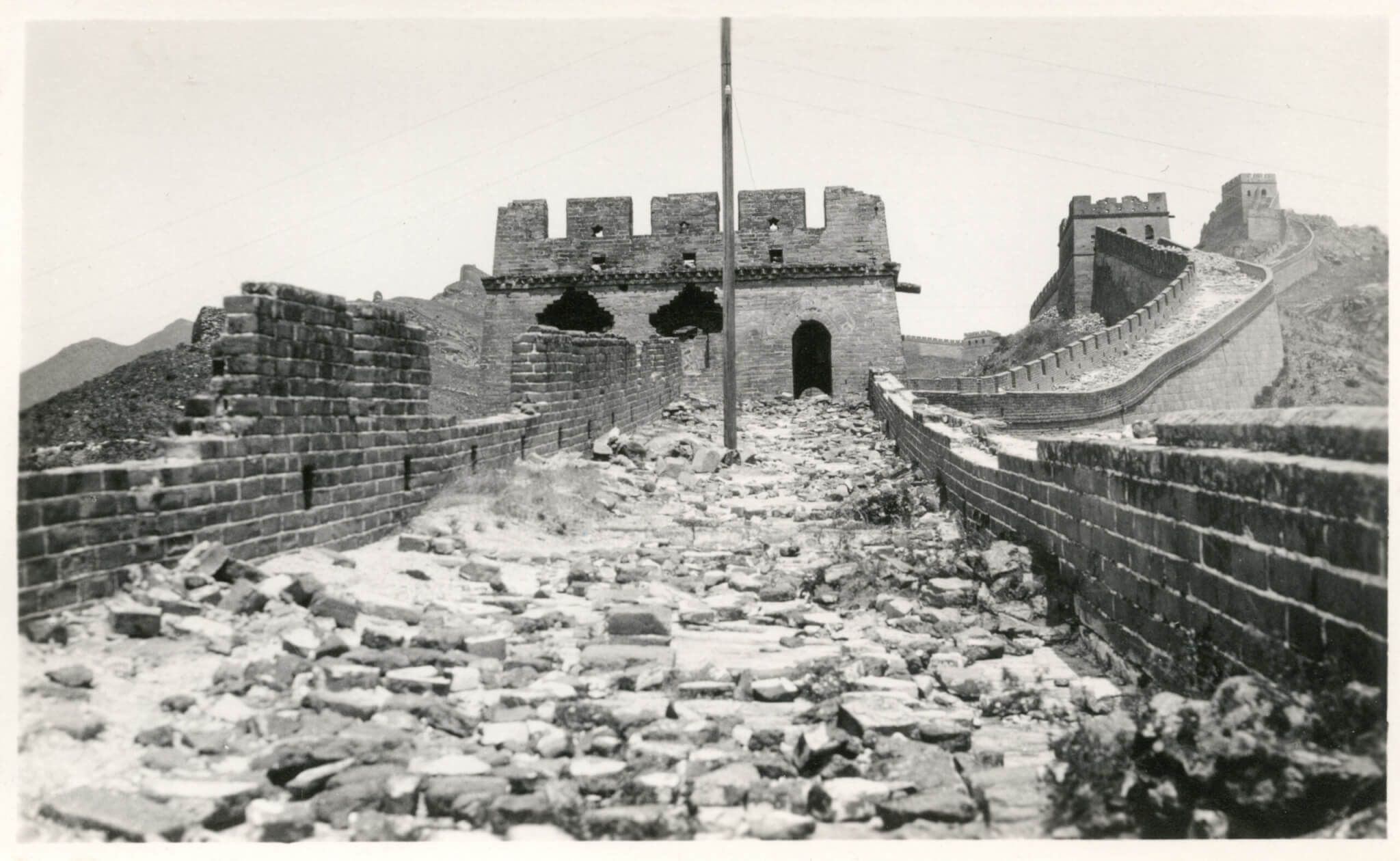
Construction began during the periods known as Spring and Autumn, ranging from 770-476 B.C. The sections added corresponded to different eras involving dynasties and factions with competing interests.
However, work on this structure had ended by the 17th century. The work that occurred in this area accounts for most of the present-day form.
This landmark received UNESCO World Heritage Site status in 1987. The State Council passed the Regulation on the Protection of the Great Wall in 2006, with The Cultural Relics Administrative Department controlling preservation efforts.
Shanhaiguan Meeting the Sea
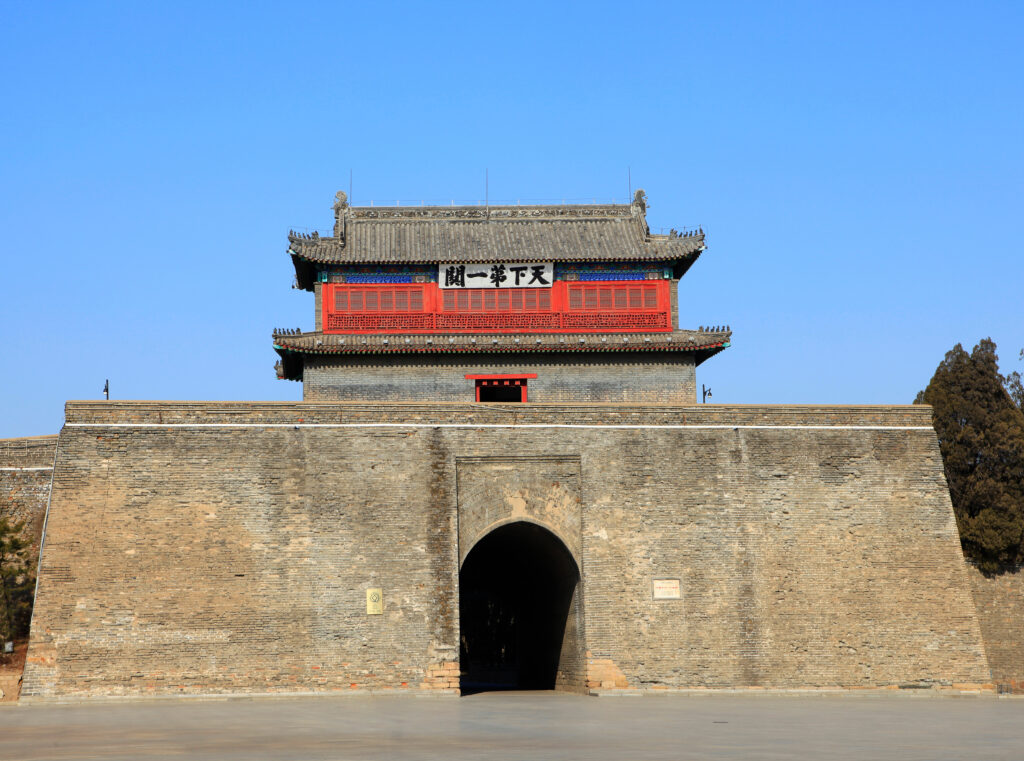
Shanhaiguan was the wall’s eastern end, marking where this structure and the sea meet. In the past, the nearest pass served as a strategic defense.
Simatai’s Night Tours
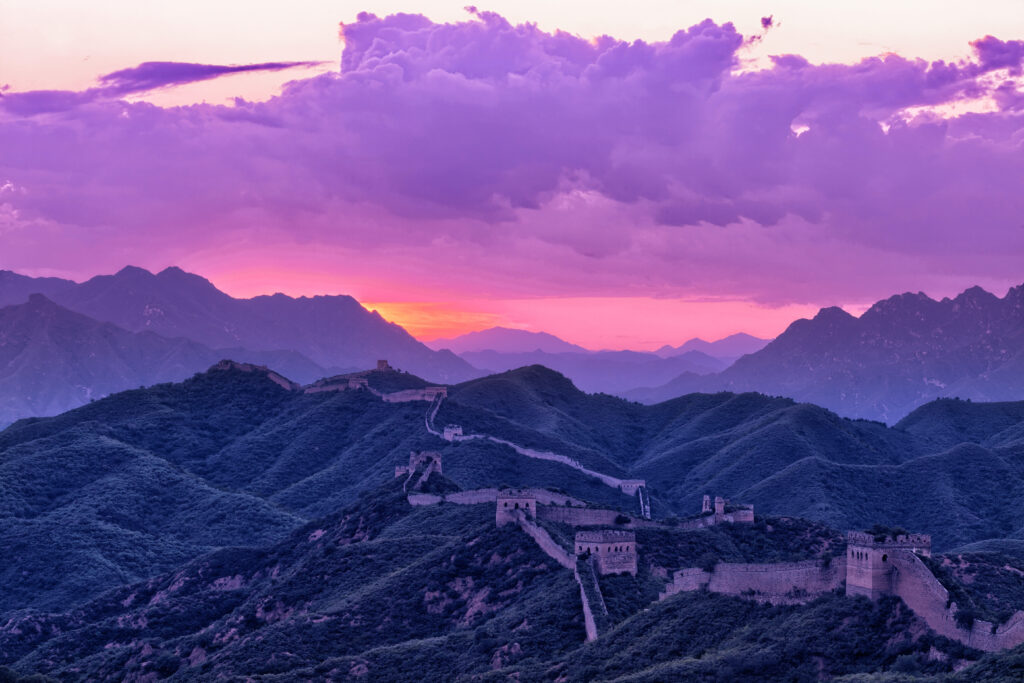
Simatai is a favorite spot to take advantage of night tours. Some things visitors can do here besides hiking and taking pictures include taking battery carts and boat rides.
Jinshanling’s Scenery
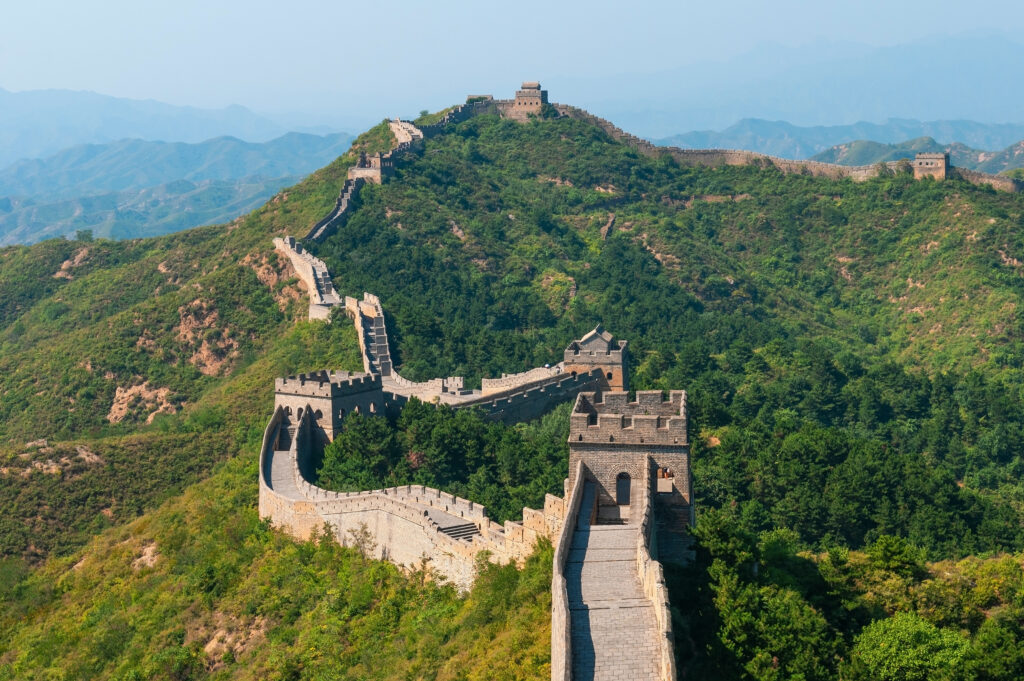
Jinshanling is one of the most beloved hiking areas because of its beautiful scenery. The government has kept the area half-wild to preserve its beauty, which draws many photographers.
Gubeikou’s Battleground Past
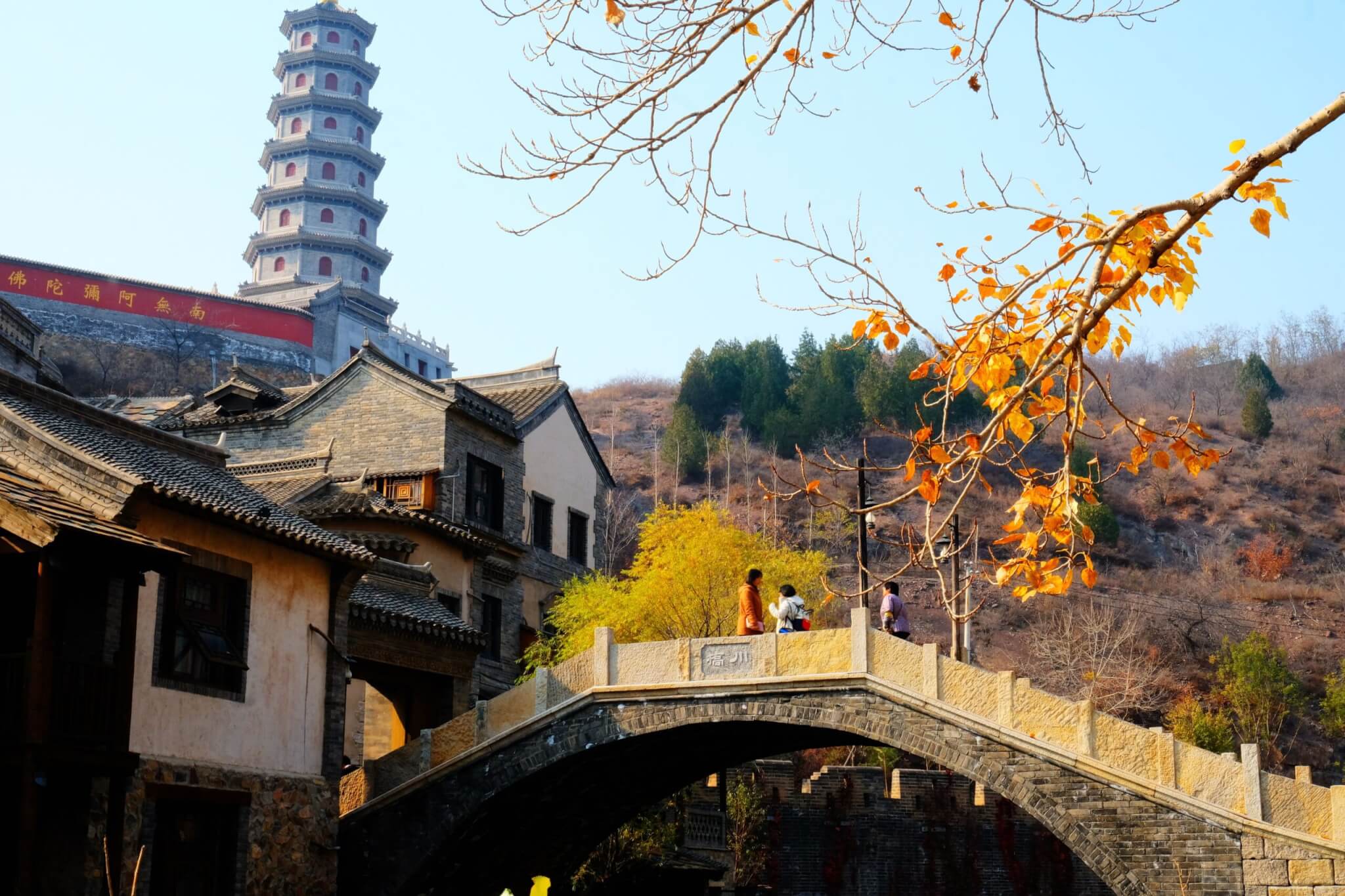
Gubeikou was once one of the most essential passes between China and Mongolia.
Mutianyu’s Fortifications
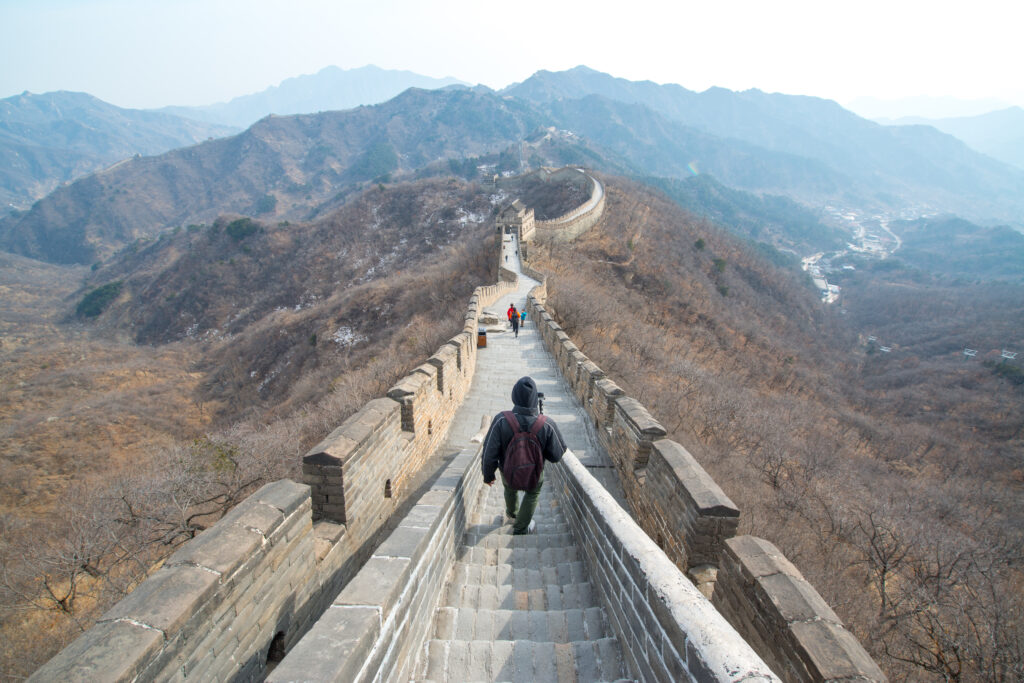
Mutianyu is the section featuring the most well-preserved part of the wall. The many fortifications in this section make it one of the most popular sites for visitors with children.
Jiankou’s Unspoiled Wilderness
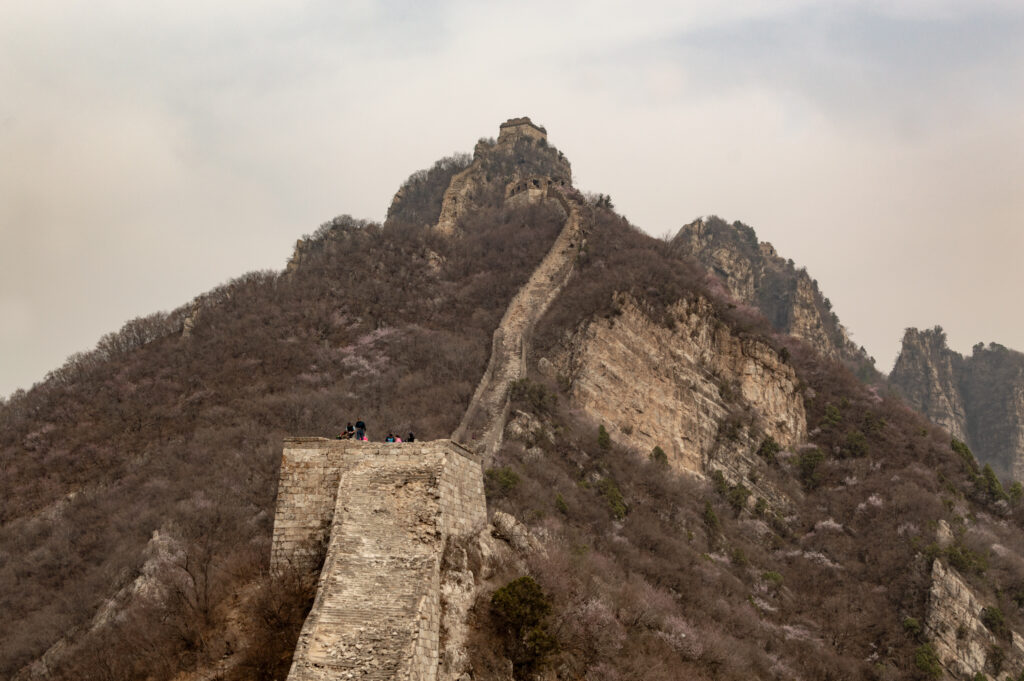
Jiankou is one of the most challenging parts of the wall, being largely untouched compared to other areas. The wild scenery makes this area perfect for serious photographers.
Huangyaguan’s Marathon Site
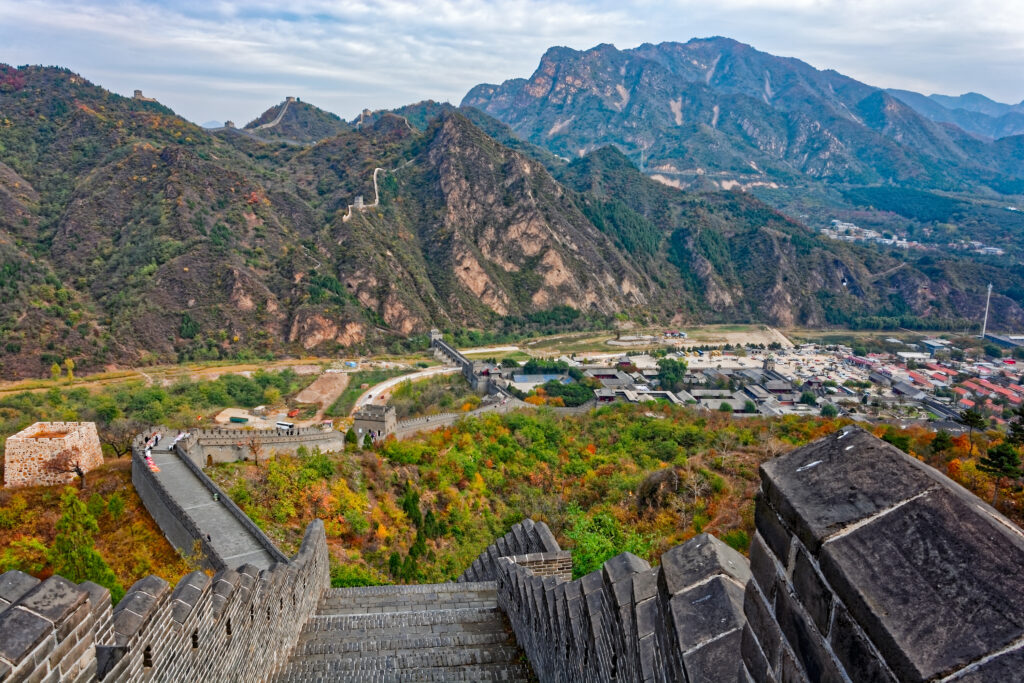
Huangyaguan is the site of a yearly Great Wall marathon. Sightseeing buses give visitors easier access to some of the surrounding scenery.
Juyongguan’s Accessible Fort
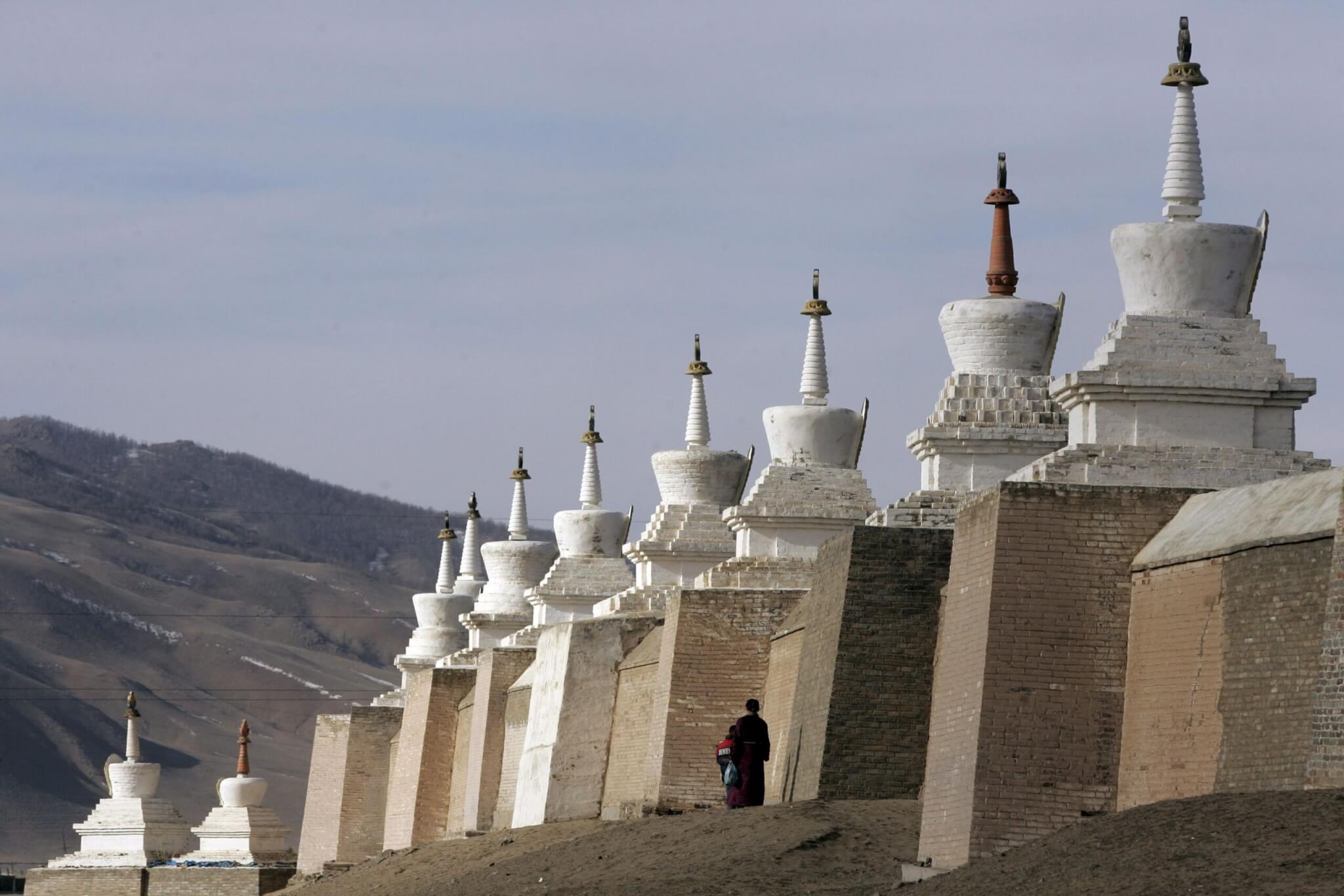
Juyongguan is one of the oldest forts near modern Beijing, near the pass where Genghis Khan’s troops once passed through. One thing that stands out about this site is its wheelchair-friendliness.
Badaling’s Activity
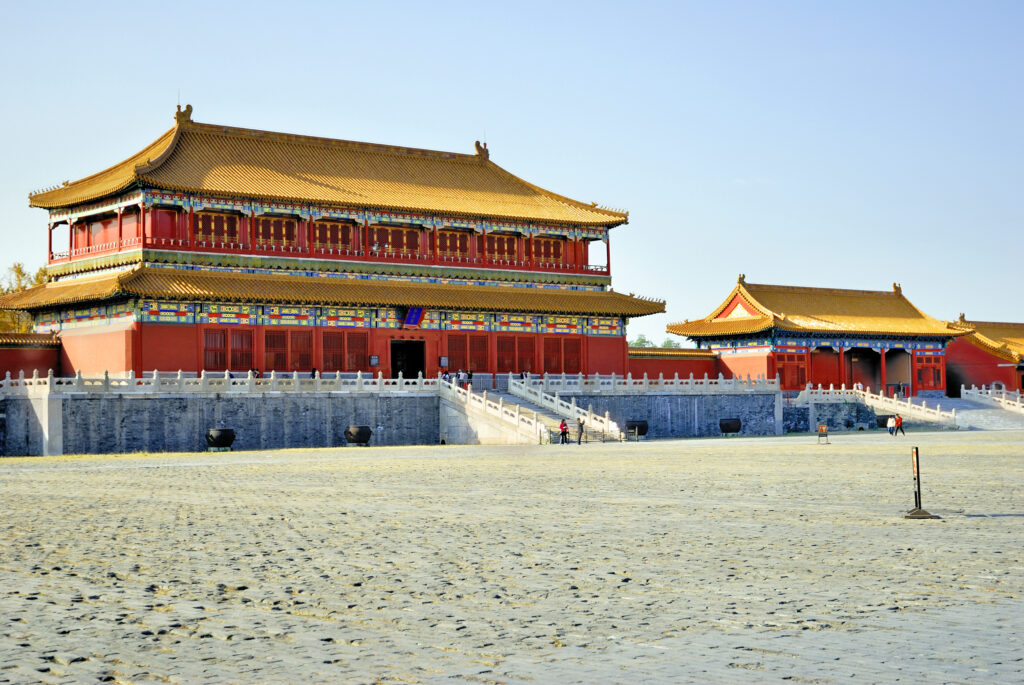
Badaling is the section that sees the most activity from foreign and local tourists. Key attractions include the Great Wall Museum and a cinema with a circular screen.
What to Expect When Visiting the Wall
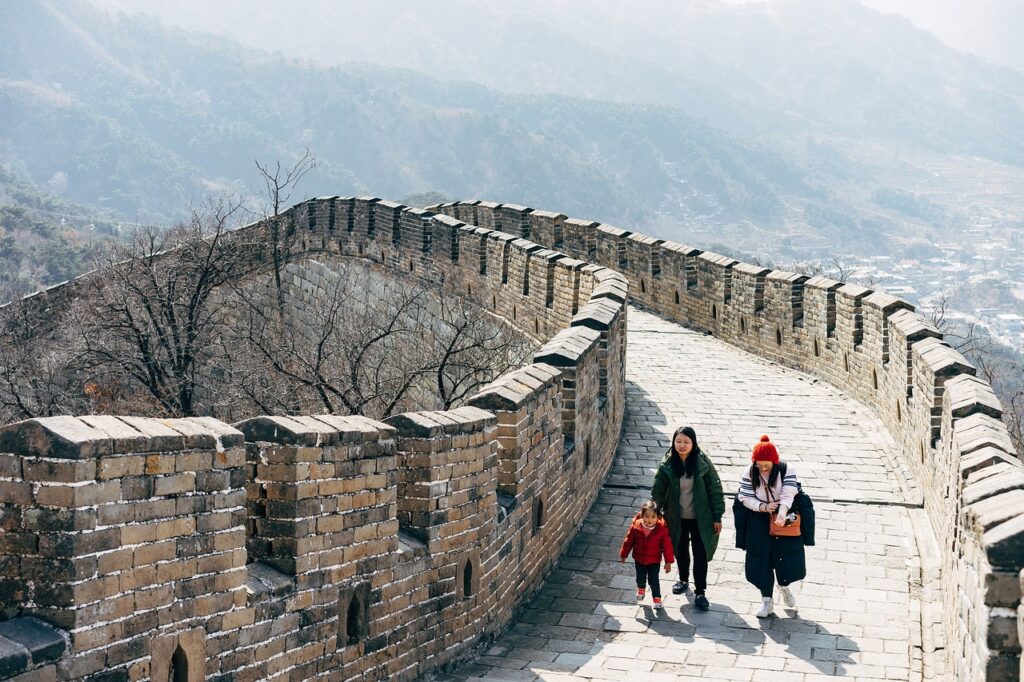
Spring and fall are the best times to visit the Great Wall of China. These ideal times permit tourists to visit this site without encountering extraordinarily high or low temperatures. Springtime is one of the most beautiful times to visit the wall. Fall is the most popular hiking season because of the colorful foliage. Summer is hot and often rainy, with a lot of crowding. Winter isn’t ideal for many because of the icy conditions, resulting in fewer visitors.

Because the Great Wall of China covers such a vast distance, you can select a specific section, making everything easier for logistics. Badaling, Jianku, Mutianyu, and Simatai are closest to Beijing, making these some of the most accessible sections for travelers. Visitors using wheelchairs may benefit from choosing Badaling, Juyongguan, or Mutianyu to start their journeys.
Organized tours are suitable for accessing sections with steep or otherwise rugged terrain. These expeditions are often safer options for anyone new to visiting the Great Wall of China. Choosing a hotel near the wall is one of the best ways to avoid traffic and gain earlier entry before most crowds arrive. Another bonus of staying nearby is enjoying unique sunset and sunrise views. The Great Wall of China is an attraction that you want to be sure to see. One of the best things about traveling here is how many ways you can explore the unique terrain.
Up next, explore Bali’s Hindu temples.
